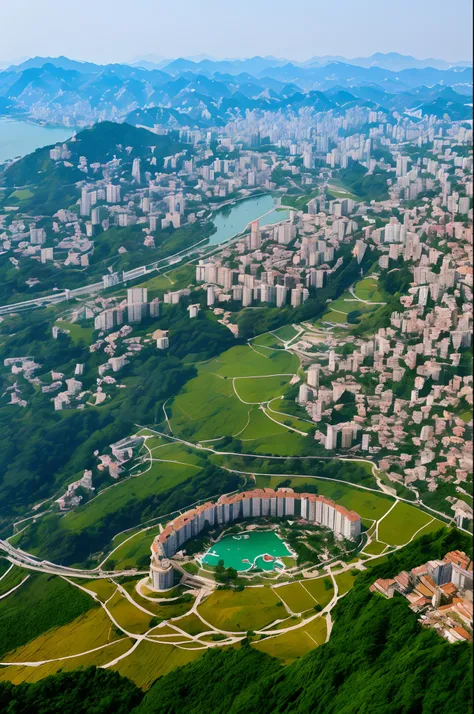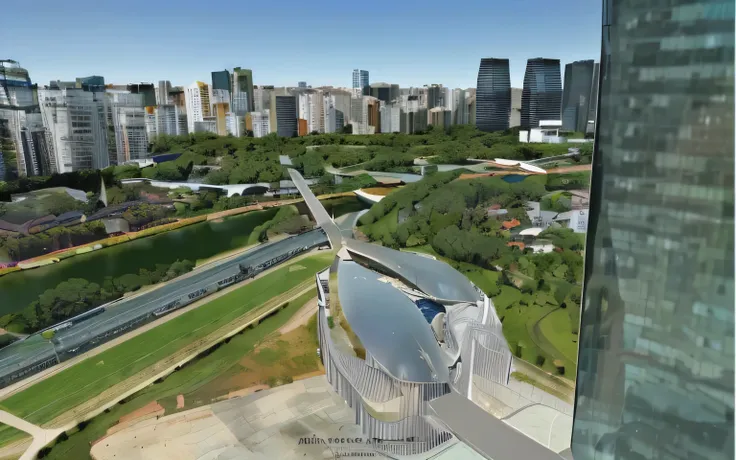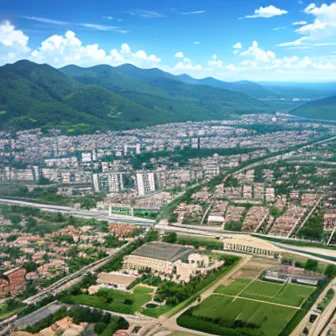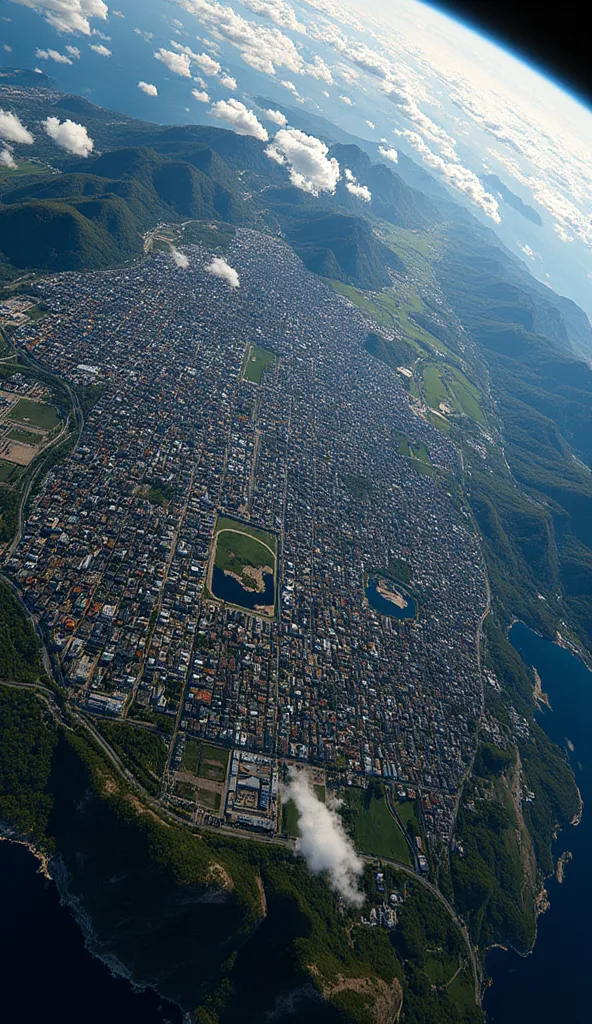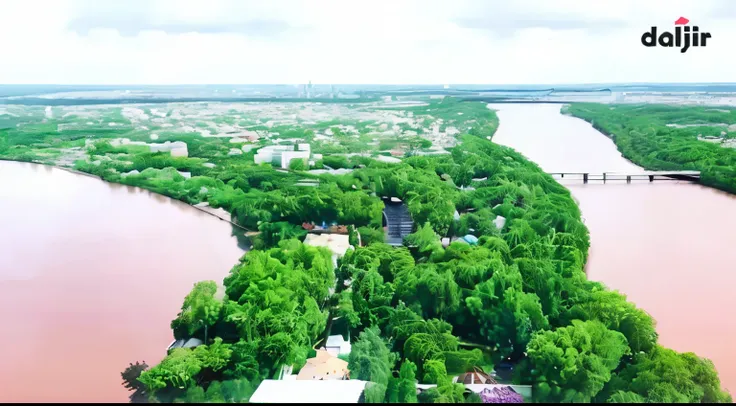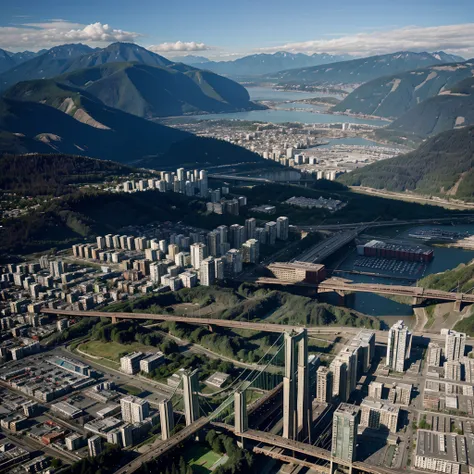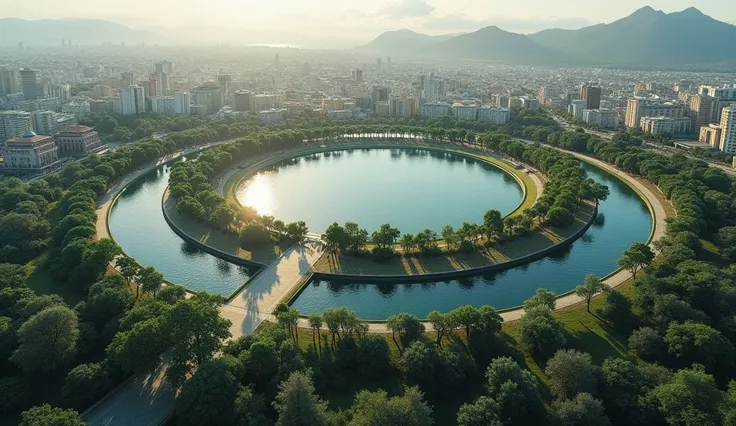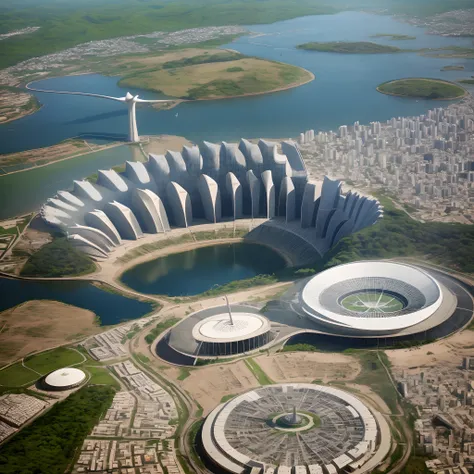Aerial view of a city with a river and mountains in the background
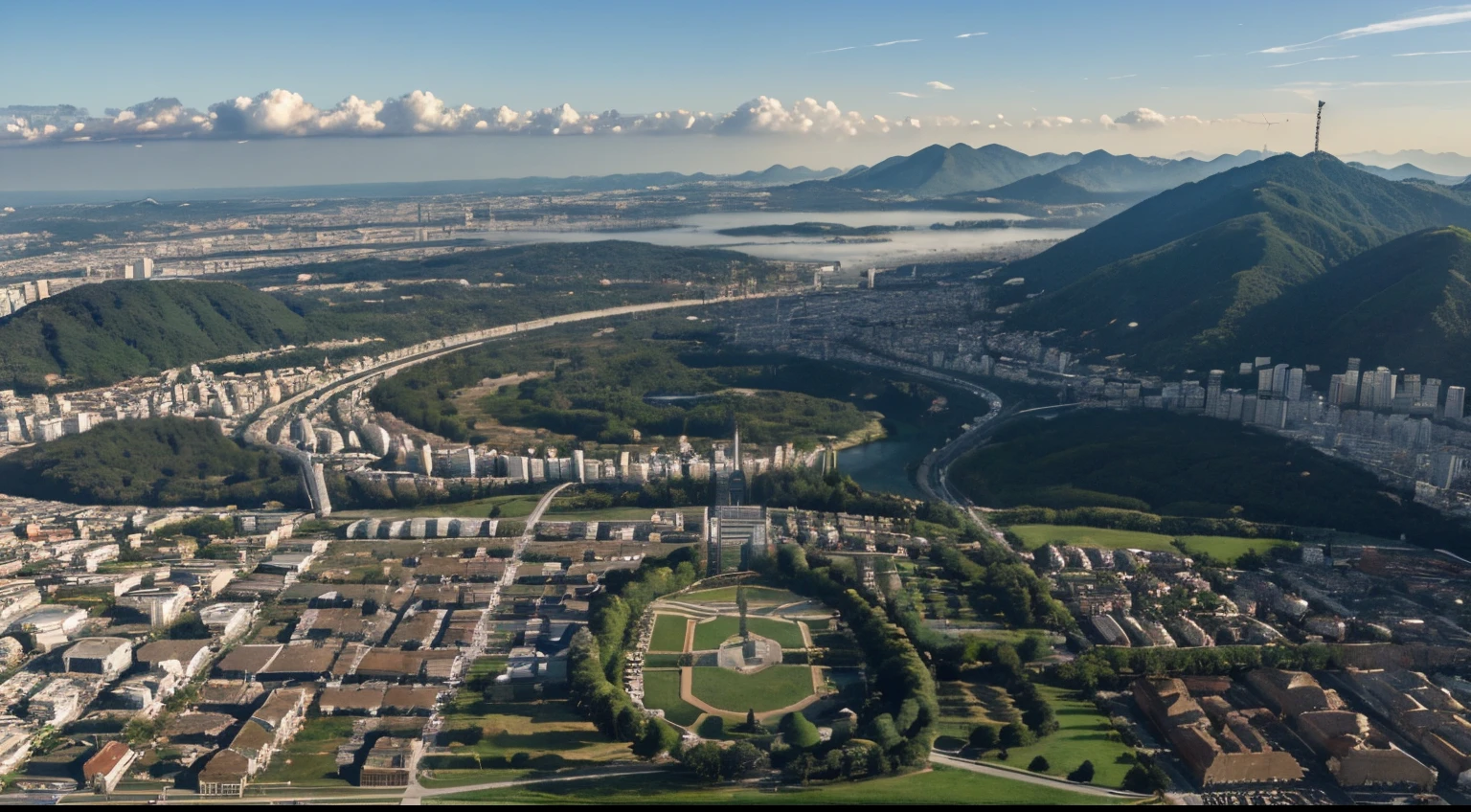
Antigamente, cities were organized on a hierarchical scale, with the metropolises at the top, followed by medium-sized cities and, por fim, pelas cidades menores. This structure reflected the concentration of power and resources in the largest cities, that attract investment and development. No entanto, with the evolution of means of communication and transport, distances and physical barriers are no longer an obstacle to accessing goods and services. Hoje em dia, It is possible to make purchases and financial transactions online, take quick plane trips and have access to instant information anywhere in the world. This ease of access has led many inhabitants of smaller cities to move directly to large cities., looking for more consumption options and job opportunities. This has generated a phenomenon of population concentration in large cities, o que, por sua vez, intensifica os desafios urbanos, como problemas de infraestrutura, housing and urban mobility. Ademais, globalization has also allowed smaller cities to specialize and become important regional or even national centers in certain sectors of the economy. Por exemplo, there are specific cities focused on tourism, the automobile industry, a tecnologia, entre outros. This new urban hierarchy brings challenges and opportunities for the sustainable development of cities. Por um lado, population concentration in large metropolises can generate social and environmental problems, como falta de moradia, pollution and congestion. Por outro lado, smaller cities have the chance to specialize and develop in a more balanced way, com menos desigualdades e mais qualidade de vida para seus habitantes.
Prompts
Copier les Paramètres
Antigamente
,
cities were organized on a hierarchical scale
,
with the metropolises at the top
,
followed by medium-sized cities and
,
por fim
,
pelas cidades menores
.
This structure reflected the concentration of power and resources in the largest cities
,
that attract investment and development
.
No entanto
,
with the evolution of means of communication and transport
,
distances and physical barriers are no longer an obstacle to accessing goods and services
.
Hoje em dia
,
It is possible to make purchases and financial transactions online
,
take quick plane trips and have access to instant information anywhere in the world
.
This ease of access has led many inhabitants of smaller cities to move directly to large cities
.,
looking for more consumption options and job opportunities
.
This has generated a phenomenon of population concentration in large cities
,
o que
,
por sua vez
,
intensifica os desafios urbanos
,
como problemas de infraestrutura
,
housing and urban mobility
.
Ademais
,
globalization has also allowed smaller cities to specialize and become important regional or even national centers in certain sectors of the economy
.
Por exemplo
,
there are specific cities focused on tourism
,
the automobile industry
,
a tecnologia
,
entre outros
.
This new urban hierarchy brings challenges and opportunities for the sustainable development of cities
.
Por um lado
,
population concentration in large metropolises can generate social and environmental problems
,
como falta de moradia
,
pollution and congestion
.
Por outro lado
,
smaller cities have the chance to specialize and develop in a more balanced way
,
com menos desigualdades e mais qualidade de vida para seus habitantes
.
Info
Checkpoint & LoRA

Checkpoint
epiCRealism
#Paysage
#Réaliste
0 commentaire(s)
0
0
0














